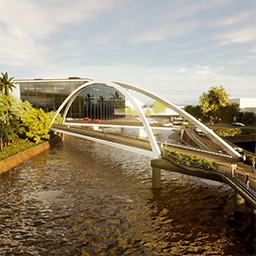
Bridge
Game Developer
Game Developer
I have been developing games and working in peripheral fields
since
2012. Starting with Unity Game Engine and moving to Unreal Engine in 2018, I've been
developing and delivering projects with game engines for over a decade.
I relish collaborative workplaces that push all team members to grow, but have also
often been requried to develop and
deliver as a solo developer; this has given me strong adaptability and an ability to
learn quickly on the job. I have battle tested skills in project management, programming
and art.
But more than all the skills, I honestly love games and game tech, and it's this passion
that drives me to deliver high quality products to my clients and employers.

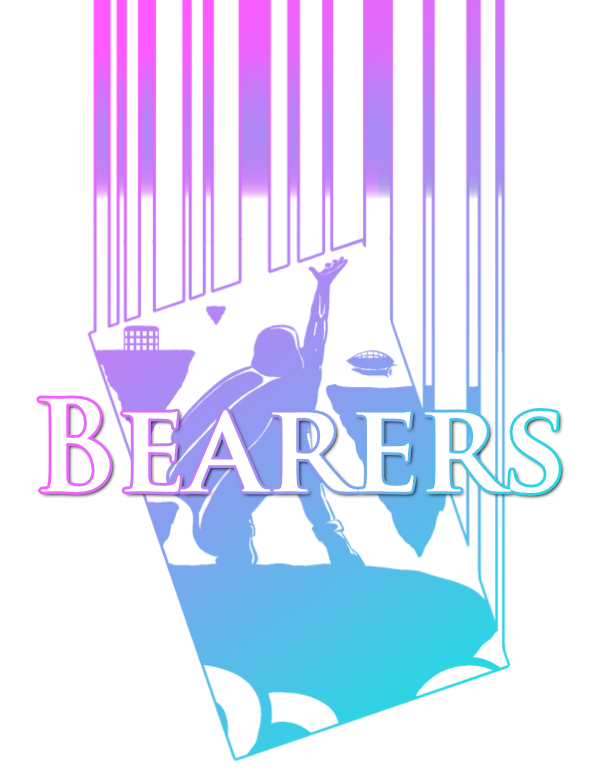
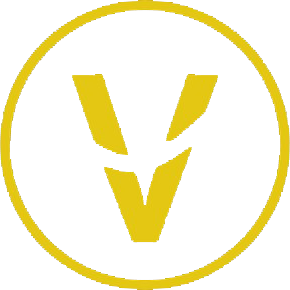


Click the button to toggle further information on and off.
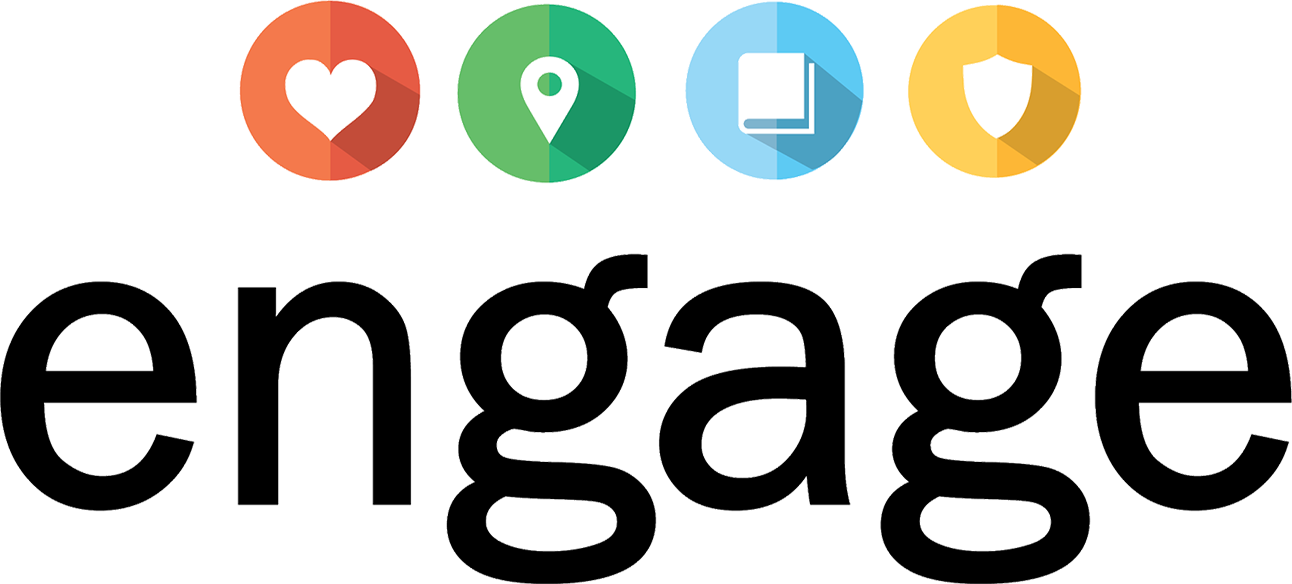

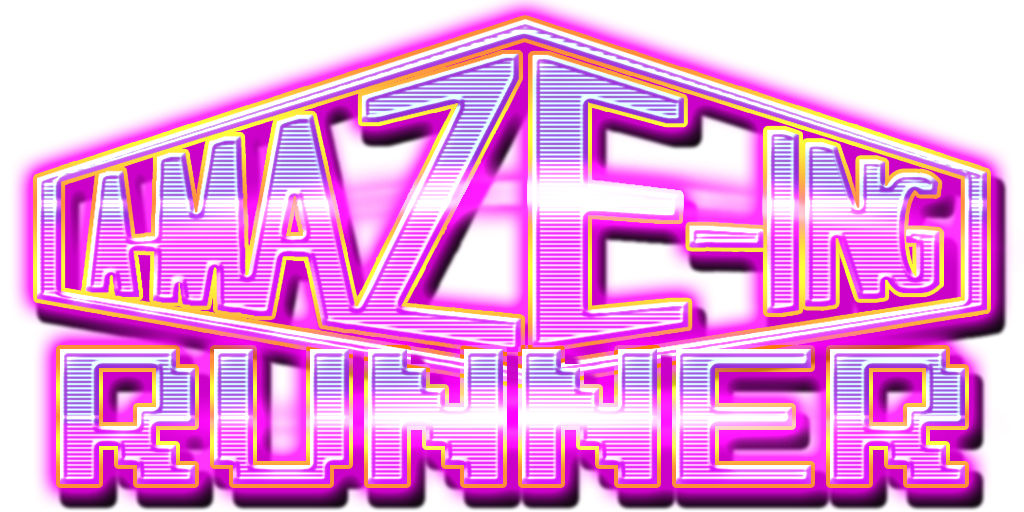
A-Maze-Ing Runner was an idea that began
percolating not long before I graduated from University. Stemming from the desire to bring
greater depth to the endless runner genre of video games; I established that the genre was
characterised by a focus on twitch gameplay, so I began to think of ways to incorporate
cognitive thought into a genre seemingly characterised by a lack of thinking.
As I began to think of games built around cognitive thought, I arrived at the age-old
style of play seen in mazes, and it was not long after that A-Maze-Ing Runner’s gameplay
began coming together in my head.
I designed, developed, published and am currently marketing A-Maze-Ing Runner myself. It has been an incredible learning process to see the development of a game from a simple design intent to a fully realised product and taking on every along the way. By doing so I have encountered a huge number of issues that every game developer is likely to come across in their careers and the resulting lessons have made the entire process worth-while.
Click the button to toggle further information on and off.
All Code
Having designed and developed all of the code for the game has afforded me the opportunity to hone my programming skills to a high level and has exposed me to programming numerous different aspects of video games. Some examples of systems I designed and developed include:
All Assembly and Editor Useage
I assembled the entire game myself using Unity. By doing so, and having been through numerous iterations of the game has left me with strong skills in using many of Unity’s features. Some of these include:
Lots of Art
I created all of the 2D art assets for the game, along with all environment art and animation. Also a whole pile of extra UI experimentation assets.
Management / PR / QA
The process of developing the game and getting it to a stage that I was happy with was a huge challenge, and has taught me countless lessons in terms of project management and marketing processes. Here are a few other tasks I have completed and lessons learned:
Click the button to toggle further information on and off.
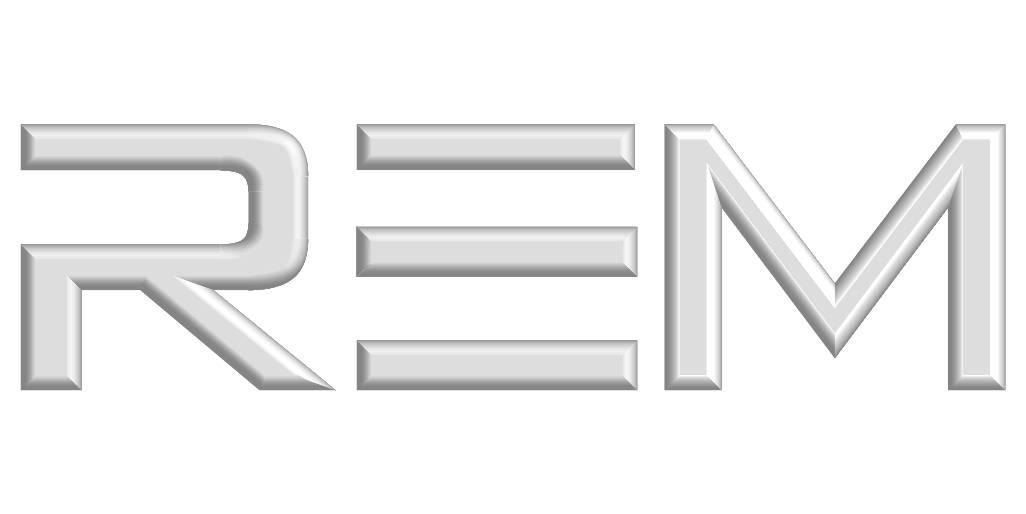
R/E/M/ was my final year game project
during my Bachelor of Games and Interactive Entertainment. The project was a year-long
trial by fire for myself and 7 peers. It began with each participant presenting a game
idea to the team, followed by discussions and the eventual democratic decision on which
idea to go for.
I had been toying with an idea to bring and accessible Beat ‘em Up experience to
mobile devices, with a new take on the combat experience which focused largely on aerial
combat built around correctly timing attacks and utilising combat to create interesting
platforming sequences.
The team enjoyed the notion and it was not long before our naivety escalated the
scope of the game to a console targeted, 2.5D, sidescrolling Beat ‘em Up with a rich
narrative and gameplay deepened by a grab and throw system.
We all started the project with little
experience in game development, having done some small projects prior, and I having only
done some minor prototyping in my spare time.
I was majoring in Software Engineering and had become quite proficient with
programming in a general sense, so I took it on myself to dive head-first into the game
and engine to build the character’s movement and combat mechanics.
After 6-months I was a proficient Unity programmer having built numerous, complex
mechanics for the game including character movement, combat, enemy combat, health
mechanics, camera mechanics and visual effects. At this point I was tasked with being
the game’s producer in order to distribute tasks depending on member’s skillsets.
I continued to pickup whatever task needed completion, and by the end of the
project I had also developed decent skills in 3D art and animation with Blender by
creating the main character model, melee enemy model, along with their accompanying rigs
and animations. I also took on the task of fixing the ranged enemy to be thematically
correct and ensuring the animations imported correctly, along with the second level’s
environment assets and textures, the final boss’s retopolgy, sculpting, normal maps, rig
and texturing.
Click the button to toggle further information on and off.
Complex Code and Editor Usage
Having designed and developed all of the code for the game has afforded me the opportunity to hone my programming skills to a high level and has exposed me to programming numerous different aspects of video games. Some examples of systems I designed and developed include:
Art Development and Correction
We lacked any dedicated artists at the start of the project, and considering I had some prior experience, I took on as much art development as time allowed. By doing so I learned to use Blender for a full art asset development cycle (along with its more frustrating parts). Later in the project we used a collaborative process of design and development for 3D assets.
Management
I took on the role of being producer when the team began to struggle with completing tasks in certain areas of expertise. As a result, we decided to adopt a more structured resource allocation process. Some of the tasks I performed as producer included:
Click the button to toggle further information on and off.

The Bare Basics is the cookbook with a cheeky
twist! Aimed at bringing nutritious, delicious and easy recipes to the masses in a
particularly digestible manner; The Bare Basics brings attractive men and food together to
create a cookbook filled with recipes, tips and plenty of reasons to keep using it!
I did the graphic design and illustrations for every page of this 128p cookbook. As
each page was unique it highlights my graphic design skills.
Click the button to turn on further information for The Bare Basics.
The Bare Basics is a cookbook, written
and published by Kelly Daly. Her graphic designer dropped out of the project at an
imperative part of the development process. As the time ran short she was unable to find
someone else to take over on a commission basis, so I agreed to take over.
The client left a great deal of the design decisions up to me, and wanted a unique
style that was exciting throughout the book. We opted for a realistic, texture style
that gave the book a real-world feel, was different on each page, but consistent in its
overarching visual style.
All Graphic Design and Illustration
I learned to use Adobe Illustrator and InDesign through the graphic design process for the 128p cookbook, as I had only had minor exposure to design for print during my Architectural design study. Some of the notable achievements and lessons I learned include:
Click the button to turn off further information for The Bare Basics.

The Modular Flood Levy
Retaining Wall System Pitch Animation is a 13 minute long 3D animation detailing the design,
function and construction process of an innovative design for flood levy systems. The
animation was used to facilitate presentations of the design to councils, investors and
other professionals in a manner that gave context to the positive elements of the design and
would most importantly demonstrate its revolutionary construction method.
Below is a sped up, shortened and compressed version of the original animation. As the
design and this animation remain the intellectual property of the client, the following
video is a sample of my work on the project.
Click the button to turn on further information for the Modular Flood Levy Wall.
I was project manager and all round
utility member for this project. I approached the project wanting to make it as
streamlined as possible for my team and the client.
We began with a project outline, schedule and quote, with specified milestones.
The project began with an iterative storyboarding process, which after approval
moved into 3D model development. When the models were ready we then moved into our
animation phase.
As there was a great deal of annotation required in the short-film, I deemed it
necessary to develop a visual style that would aid in creating flow, and help deliver
information in a consistent manner.
I established a visual style that was thematically befitting of a prototype, and
allowed us to translate a set style throughout all of the visual material.
We were in constant collaboration with the client to ensure all models and visual
representations were appropriate and accurate.
All Graphic Design
We used 3dsMax for this project, in which we modelled, animated, textured and rendered all of our scenes in separate sequences. We thus assembled, annotated and did post-processing in Adobe After Effects. Some of my achievements and lessons include:
Click the button to turn off further information for the Modular Flood Levy Wall.

The Bundaberg Sugar Rail
Bridge Animation was a 20 minute 3D animation used to facilitate the presentation of the
proposed bridge design to councils, investors and other professionals. Its main function was
to provide context as to where the bridge was located, how it’s lifting mechanism worked, to
outline a few key elements of the bridge’s design and to provide an interesting visual
representation of the design to accompany presentations.
Below is a sped up, shortened and compressed version of the original animation. As the
design and this animation remain the intellectual property of the client, the following
video is an example of my work on the project.
Click the button to turn on further information for the Bundaberg Sugar Rail Bridge Animation.
In 2011 while working as a Junior
Technician (Draftsman) for an Architecture firm, we were approached by an engineer
hoping to create a 3D animation that would help present a bridge design to councils,
investors and other professionals.
Being unable to perform the task in-house, I discussed the project with the
engineer in a freelance capacity, as I had animation experience, and my Father had a
multimedia business on the side of his full-time work.
Drafting, Models, Animation and Rendering
For this project I did drafting, production drawings, 3D models, along with animation and rendering of element focus sequences. I also produced props, environment models and textures to be used in the scenic sequences.
Click the button to turn off further information for the Bundaberg Sugar Rail Bridge Animation.